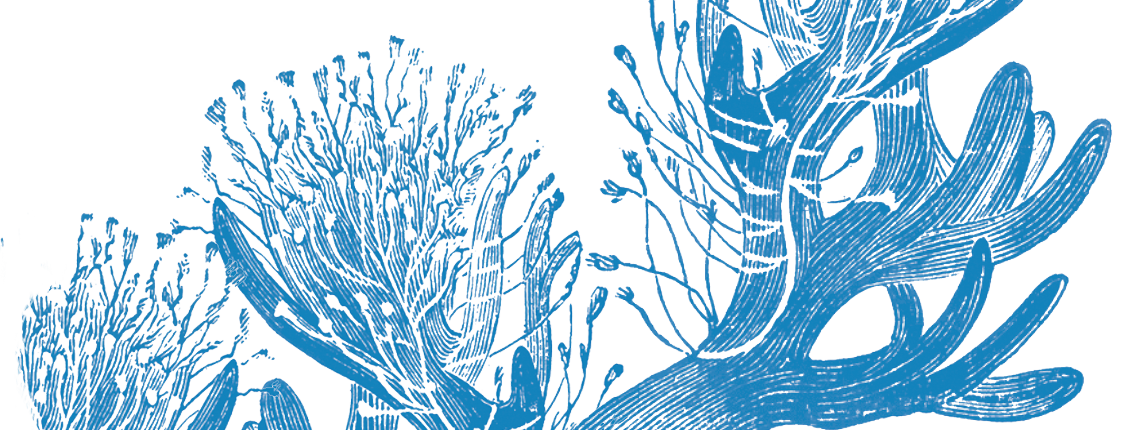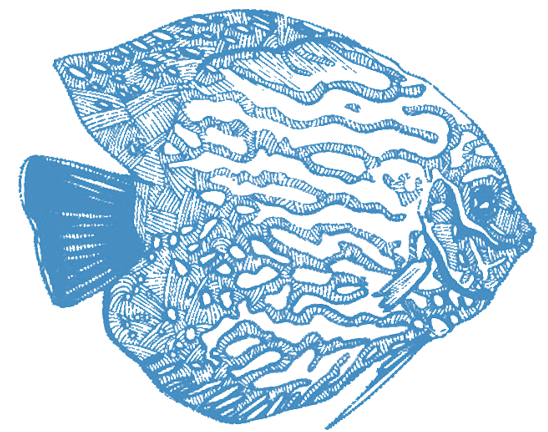Protecting Critical Ocean Habitats: New Tools for Marine Protection
The Problem
Marine Protected Areas (MPAs) have been growing in number in recent years, driven in part by the Convention on Biological Diversity. As the necessary parks of the sea, MPAs face significant challenges with monitoring and enforcement, mostly limited to single interventions or scattered mixtures of innovative uses of technology and traditional vessel-based monitoring. The enforcement and monitoring of MPAs is made largely ineffectual by distance and the inability to monitor and enforce remotely. Moreover, the establishment of MPAs as static plots of the ocean has been called into question, as the dynamics of oceans and marine species make ecological protection difficult in a single location. Locating and solidifying MPAs is an imprecise science that lacks the information and technological integration to be more efficient in achieving conservation outcomes.

The Challenge
Real-time monitoring of everything on or below the water with surveillance technology and data analytics designed for affordability and autonomy within the developing and developed world. This challenge seeks innovations that:
- Create open source tools and data analytics to map baselines to better assess ecosystem productivity
- Allow for mobile, low-cost, real-time monitoring and surveillance of MPAs against threats (e.g., identifying illegal fishing practices such as dynamite fishing, or violations of no-take zones), including transparent, low cost, cooperative tools for fishing communities to monitor and self-police MPAs
- Harness novel approaches to real-time adaptive management of relevant marine areas
Problem Statement
Around 3.4% of the world’s oceans are protected in what are designated marine protected areas (MPAs), yet most of that fraction of the ocean is neither well managed nor well protected, if protected at all. Expansion of MPAs is largely an effort of policy and the political apparatus. Fully protected areas, such as strict nature reserves or wilderness areas where all resource removals are prohibited, are rare. Most MPAs represent mixed-use areas that have bans on catching specific fish or restrictions on the timing or type of fishing, but that still allow some, often significant, human activity. Protected areas in the ocean, unlike a forest patch, are far more difficult to manage and face increasing challenges, especially as they expand to enforce boundaries and policies with no observable boundaries or protective barriers to the sea. Moreover, marine species and ecosystems do not respect human-set political boundaries; they are dynamic systems characterized by constant change.
Economically and environmentally, ecologically coherent and well-managed networks of MPAs make sense. It is estimated that nearly 41% of the ocean is strongly affected by human activity, with no region entirely untouched by humans. WWF estimates that the benefits of expanding MPAs to cover 30% of the ocean (especially critical habitats) will outweigh the costs at least 3 to 1, with the net improvement in economic benefits of $920 billion over the next 35 years. MPAs not only further environmental protection, but by allowing source populations to replenish fishing grounds, also maintain the sustainability and economic strength of local fishing industries.
Even when properly managed, eco-tourism can drastically impact the health of local ecosystems unless properly controlled

Political processes create these networks, yet enforcement and accountability remain major challenges as marine parks globally are commonly understaffed, cannot adequately oversee all protected coastline and marine space, may come into confrontation with local traditions, and may suffer from corruption. Even when properly managed, eco-tourism can drastically impact the health of local ecosystems unless properly controlled. At the heart, this requires affordable, autonomous systems that can monitor, survey, and measure the activities and ecological processes in MPAs and novel financial systems to ensure that MPA management allows for broad sharing of benefits.
Respond to this Challenge!
Going from an idea to a tangible solution is no easy task.
Share your project on the Digital Makerspace to shape and improve your idea. You’ll benefit from the technical expertise of the Tribe and connect to additional financial and technical resources. We’ll help you navigate the tech development process and identify market opportunities. Through collaboration, we build conservation solutions that are impactful and have the potential to scale.
PART OF
Ten Grand Challenges for Ocean ConservationPROJECTS
Oceans Eye
Collecting near shore ocean data using the recreational scuba diving community.
Hacking the Coral Microbiome
Engineering coral "guts" to help them survive in warmer, acidic oceans
CHALLENGE LEADER
SPONSORS & ORGANIZERS
